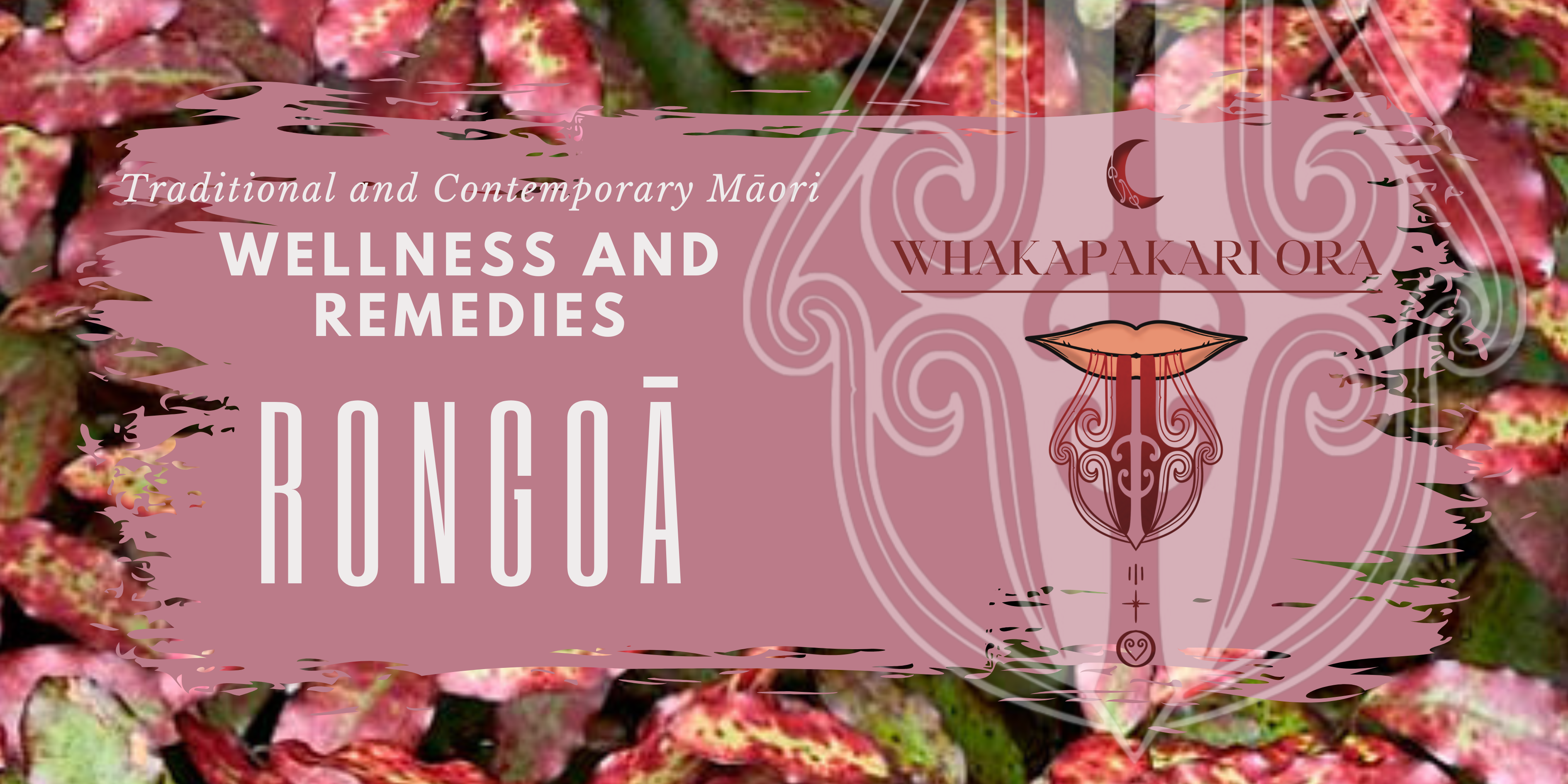
Honouring Heritage
Navigating Menstruation and Spirituality Through a Cultural Lens
As mothers, we carry within us the stories of generations past, woven into the fabric of our cultural identity. Our journey through womanhood is not just a solitary path but one deeply intertwined with the values and beliefs of our ancestors. Today, let's embark on a reflective exploration of how cultural wisdom shapes our attitudes towards menstruation and spirituality, nurturing a sense of connection, nostalgia, and transformation within our whānau.
Defining Cultural Values and Beliefs:
Cultural values and beliefs are the cornerstone of our identity, guiding us in how we perceive the world and navigate our experiences. When it comes to menstruation, diverse cultures hold varying perspectives. In Western industrial societies, there's often a belief that menstruation should remain hidden, shrouded in secrecy and shame. However, in some hunter-gatherer societies, menstruation is celebrated as a natural and positive aspect of womanhood, free from any connotation of uncleanness.
Exploring Māori Values:
In Aotearoa, our Māori heritage enriches our lives with profound cultural wisdom. Central to Māori values is the concept of interconnectedness – the understanding that we are all part of a larger whole, connected to whenua (land), whakapapa (genealogy), and the wairua (spiritual realm). Our connection to the whenua and the rhythms of nature mirrors the ebb and flow of our menstrual cycles, embodying the sacredness of whakapapa and the power of wāhine energy.
Comparing Cultural Perspectives:
Across different cultures, attitudes towards menstruation and spirituality vary widely. While some societies perceive menstruation as taboo or unclean, others view it as a source of empowerment and spiritual significance. For example, in Aboriginal Australia, the synchronisation of menstruation with the moon is celebrated as a ritual ideal, reflecting a deeper harmony with cosmic rhythms and the natural world.
The Importance of Cultural Pride and Connection:
As mothers raising tamāhine, it's essential to instil in them a sense of cultural pride and connection. By sharing our stories, traditions, and values, we empower our daughters to embrace their heritage and navigate the complexities of womanhood with confidence and resilience. Let's create spaces where menstruation and spirituality are honoured as integral aspects of our cultural identity, fostering open dialogue and reclaiming narratives that empower us.
Comparing Māori values to those of other cultures can provide insights into the diversity of worldviews and the ways in which different societies prioritise certain principles.
Here, I'll compare Māori values with some broader cultural values found in Western societies and other indigenous cultures:
Connection to Land and Nature:
- Māori: The Māori people have a deep spiritual connection to the land, known as "whenua," which is central to their identity and cultural practices. They believe in the interconnectedness of all living things and the importance of preserving and respecting the natural environment.
- Indigenous cultures worldwide: Many indigenous cultures share a similar reverence for the land and nature. For example, Native American tribes often have spiritual traditions tied to specific geographic locations and ecosystems, emphasising stewardship and harmony with the natural world.
- Western societies: While some individuals in Western societies may also value environmental conservation, the connection to the land is often less central to cultural identity compared to indigenous cultures like the Māori.
Collectivism vs. Individualism:
- Māori: Māori culture places a strong emphasis on collectivism and community well-being. Concepts such as "whānau" (extended family) and "manaakitanga" (hospitality and caring for others) underscore the importance of interconnectedness and mutual support.
- Indigenous cultures: Many indigenous societies prioritise communal values over individual achievement, emphasising cooperation, sharing, and consensus-building within the community.
- Western societies: Western cultures, particularly in countries like the United States, often prioritise individualism, with a focus on personal autonomy, self-expression, and achievement.
Spirituality and Ancestral Connection:
- Māori: Māori spirituality is deeply rooted in ancestral traditions and beliefs. Concepts such as "whakapapa" (genealogy) and "tapu" (sacredness) are integral to understanding the Māori worldview, which emphasises the intergenerational continuity of identity and knowledge.
- Indigenous cultures: Many indigenous cultures worldwide share a belief in the importance of honouring ancestors and maintaining spiritual connections with past generations. Rituals, ceremonies, and oral traditions play vital roles in preserving cultural heritage and transmitting knowledge.
- Western societies: While spirituality is diverse in Western societies, many people adhere to monotheistic religions or secular worldviews that may not place as much emphasis on ancestral connections or the spiritual significance of the natural world.
Oral Tradition and Storytelling:
- Māori: Māori culture places great value on oral tradition and storytelling as a means of preserving history, cultural knowledge, and spiritual teachings. The art of storytelling is central to passing down myths, legends, and whakapapa from one generation to the next.
- Indigenous cultures: Similarly, many indigenous cultures maintain rich oral traditions that serve as repositories of cultural wisdom, collective memory, and spiritual insights.
- Western societies: While storytelling remains a fundamental aspect of human communication in Western societies, the dominance of written literature and digital media has diminished the role of oral tradition as the primary means of transmitting cultural knowledge.
In comparing Māori values to those of other cultures, it's important to recognise the diversity of human experiences and perspectives. Each culture offers unique insights into the human relationship with the natural world, community dynamics, spirituality, and the transmission of cultural heritage. By understanding and appreciating these differences, we can cultivate greater respect for cultural diversity and promote cross-cultural understanding and collaboration.
Picture Source: Two women dancing and menstruating. Rock art by Indigenous Australians from the Upper Yule River, Pilbara, Western Australia.

